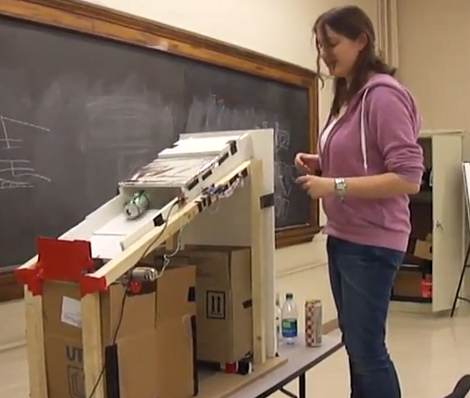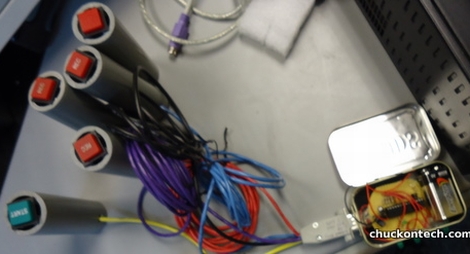If you’ve ever wanted your own self-driving car, this is your chance. [Sebastian Thrun], co-lecturer (along with the great [Peter Norvig]) of the Stanford AI class is opening up a new class that will teach everyone who enrolls how to program a self-driving car in seven weeks.
The robotic car class is being taught alongside a CS 101 “intro to programming” course. If you don’t know the difference between an interpreter and a compiler, this is the class for you. You’ll learn how to make a search engine from scratch in seven weeks. The “Building a Search Engine” class is taught by [Thrun] and [David Evans], a professor from the University of Virginia. The driverless car course is taught solely by [Thrun], who helped win the 2005 DARPA Grand Challenge with his robot car.
In case you’re wondering if this is going to be another one-time deal like the online AI class, don’t worry. [Thrun] resigned as a tenured professor at Stanford to concentrate on teaching over the Internet. He’s still staying at Stanford as an associate professor but now he’s spending his time on his online university, Udacity. It looks like he might have his hands full with his new project; so far, classes on the theory of computation, operating systems, distributed systems, and computer security are all planned for 2012.


















